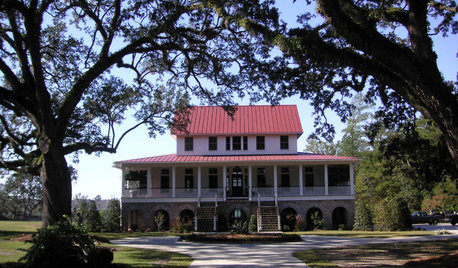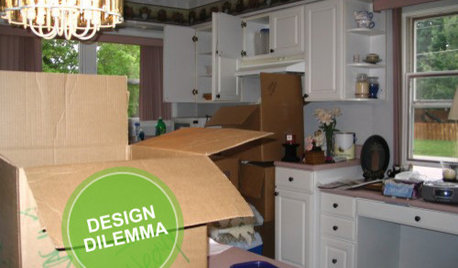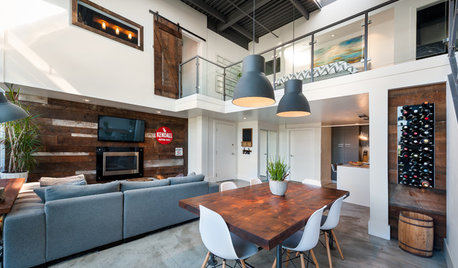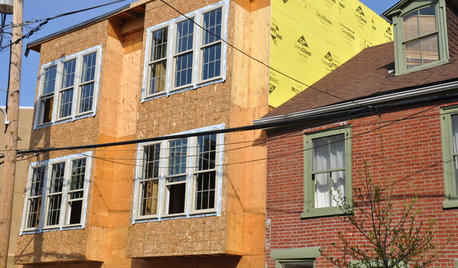In need of a lot of help!!
gshears88
11 years ago
Related Stories

Sixties Southern Style: Inspiration from 'The Help'
Oscar-nominated movie's sets include formal entertaining spaces, front porch breezes and lots of florals
Full Story
KITCHEN DESIGNKey Measurements to Help You Design Your Kitchen
Get the ideal kitchen setup by understanding spatial relationships, building dimensions and work zones
Full Story
COLORPaint-Picking Help and Secrets From a Color Expert
Advice for wall and trim colors, what to always do before committing and the one paint feature you should completely ignore
Full Story
HOUZZ TOURSMy Houzz: Online Finds Help Outfit This Couple’s First Home
East Vancouver homeowners turn to Craigslist to update their 1960s bungalow
Full Story
KITCHEN DESIGNHere's Help for Your Next Appliance Shopping Trip
It may be time to think about your appliances in a new way. These guides can help you set up your kitchen for how you like to cook
Full Story
KITCHEN DESIGNDesign Dilemma: My Kitchen Needs Help!
See how you can update a kitchen with new countertops, light fixtures, paint and hardware
Full Story
HOUZZ TOURSHouzz Tour: A Modern Loft Gets a Little Help From Some Friends
With DIY spirit and a talented network of designers and craftsmen, a family transforms their loft to prepare for a new arrival
Full Story
WORKING WITH PROS5 Steps to Help You Hire the Right Contractor
Don't take chances on this all-important team member. Find the best general contractor for your remodel or new build by heeding this advice
Full Story
DECLUTTERINGDownsizing Help: Choosing What Furniture to Leave Behind
What to take, what to buy, how to make your favorite furniture fit ... get some answers from a homeowner who scaled way down
Full StoryMore Discussions







wulfletons
greenacreslady
Related Professionals
Clermont Landscape Contractors · Brookfield Landscape Contractors · Coeur d'Alene Landscape Contractors · Ellensburg Landscape Contractors · Galt Landscape Contractors · Mount Kisco Landscape Contractors · North Chicago Landscape Contractors · Paso Robles Landscape Contractors · Soddy Daisy Landscape Contractors · Benton Decks, Patios & Outdoor Enclosures · Del Aire Decks, Patios & Outdoor Enclosures · Diamond Bar Decks, Patios & Outdoor Enclosures · Grand Rapids Decks, Patios & Outdoor Enclosures · Tooele Decks, Patios & Outdoor Enclosures · Glendale Decks, Patios & Outdoor EnclosuresOkiedawn OK Zone 7
Okiedawn OK Zone 7
ScottOkieman
greenacreslady
mulberryknob
fumasterchu
Okiedawn OK Zone 7
gshears88Original Author
mulberryknob
Okiedawn OK Zone 7
p_mac
redbirdroad
Okiedawn OK Zone 7
Macmex
susanlynne48
ejm135